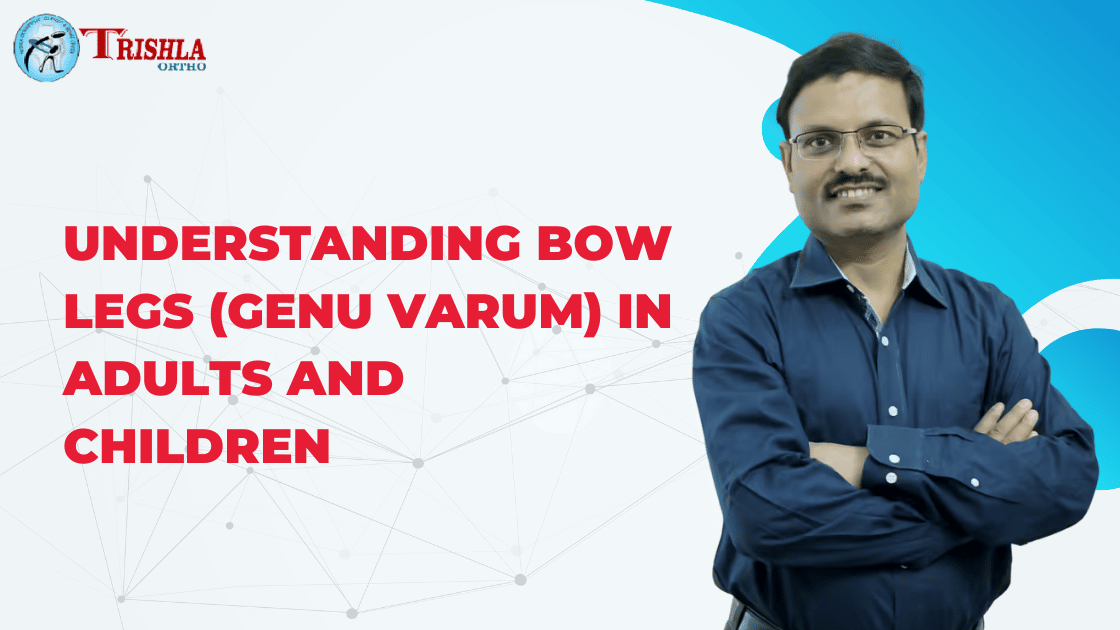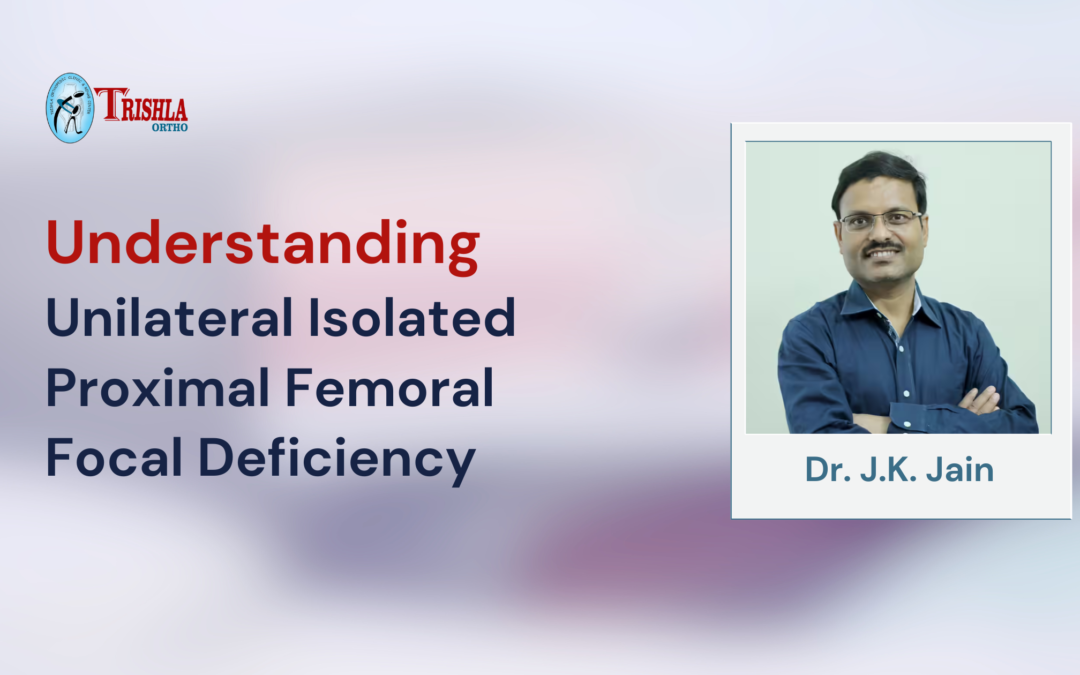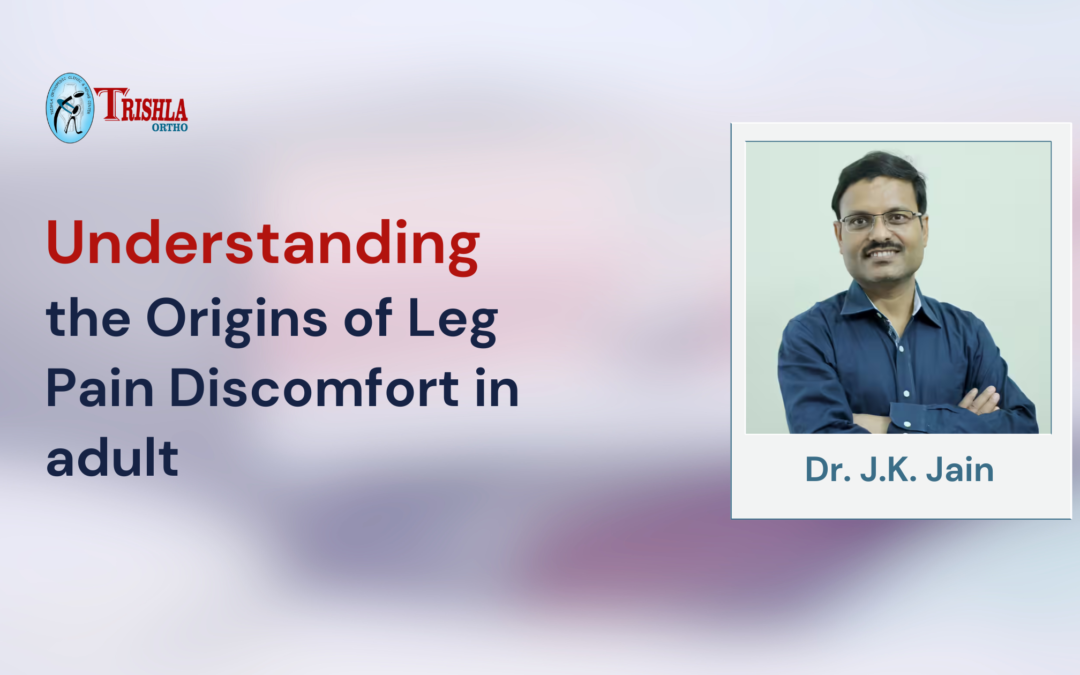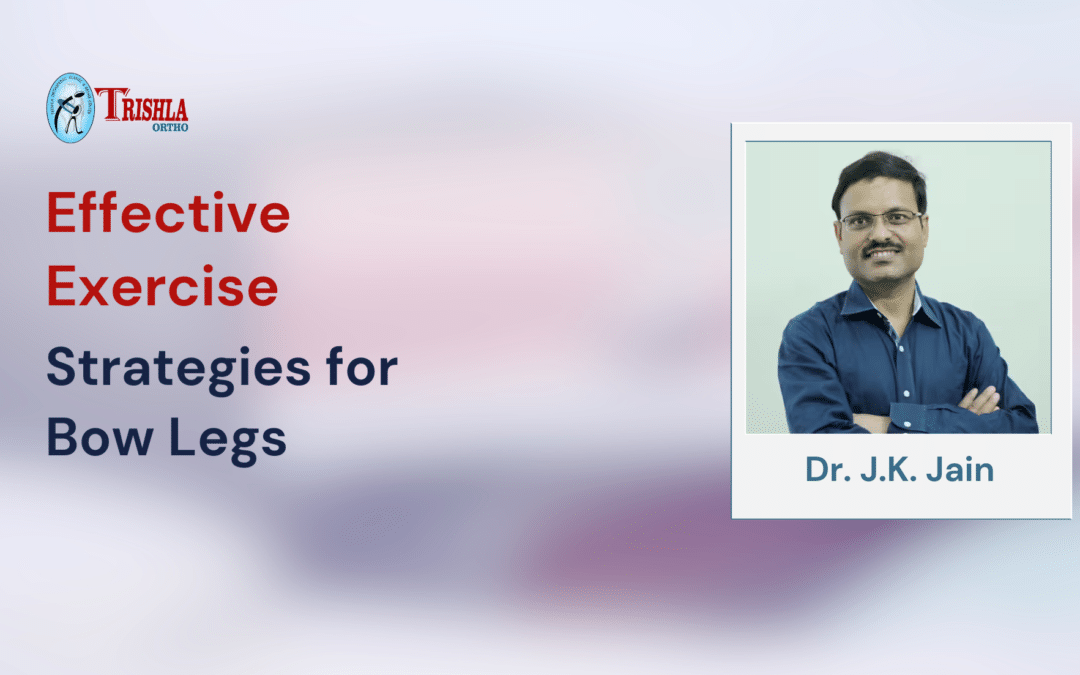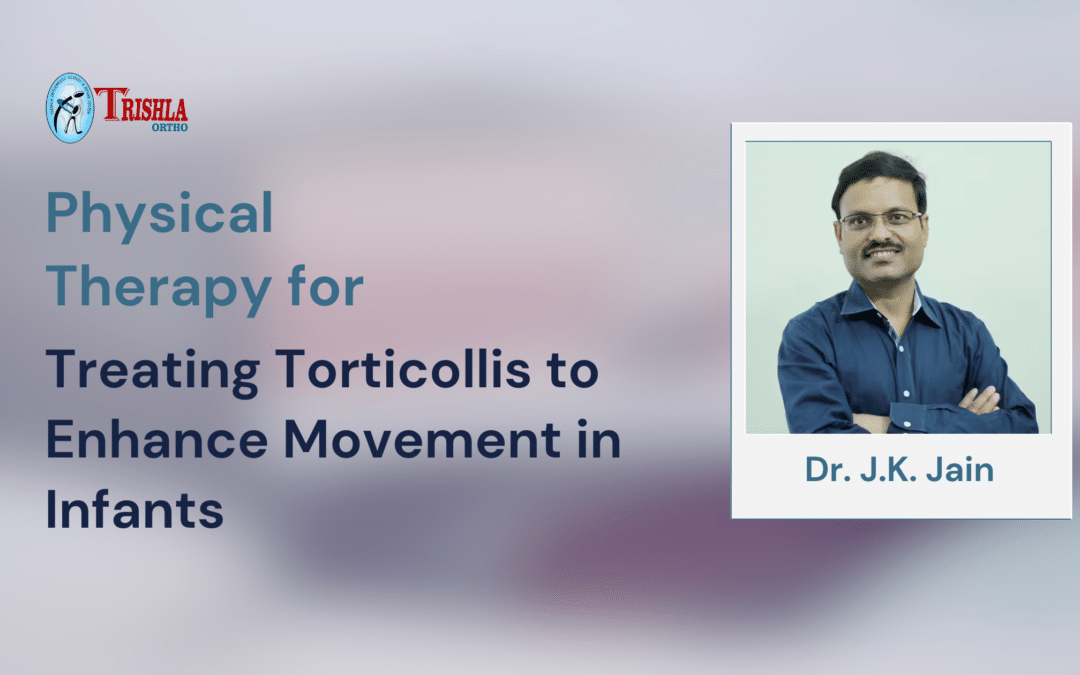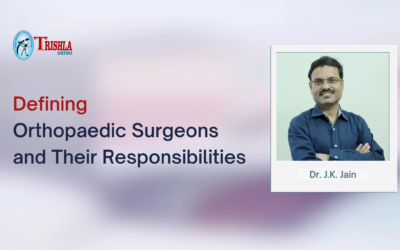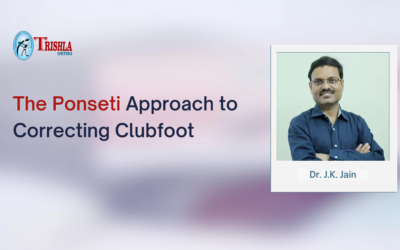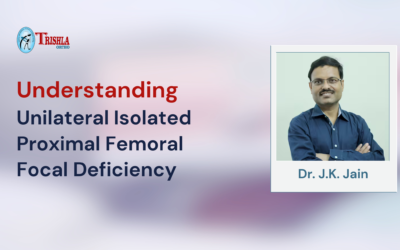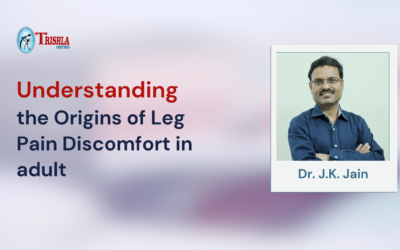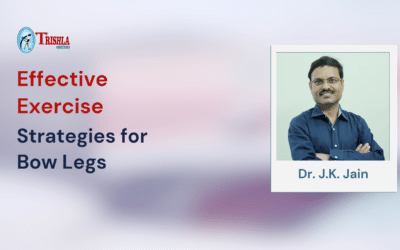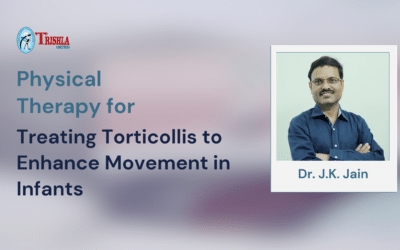The bow leg issue can happen in all age groups. However, it comes with no pain or discomfort. But in some cases, the issue can be a problem. While for the others, it can be a regular part of the development.
Remember, that you don’t need medical visits in every case of bow leg, especially in infancy. Bow legs are quite common in infants. However, it goes away by the time they turn two. But it can become a severe problem when they do not correct it on their own. In such a situation, starting with treatment as early as possible is the key to providing the kid with a better life.
Understanding the Causes of Bow Legs
Multiple reasons might be contributing to bow legs. It includes
1. Normal development
Once the kid’s development starts, the different parts of the body will start growing at different rates. Thus this result is skeletal alignment with changes resulting in some unusual appearance of the extremists at a certain age. However, the most common reason behind the bow leg issues in toddlers is a normal development every kid goes through.
Generally, kids who are under the age of 2 with bow legs are considered to be normal. It is a part of the development. The bow leg angle tends to peak around 18 months, and then it starts resolving independently. Often the children of this age are observed to guarantee the skeletal alignment gets back to normal as the kid grows.
2. Blount’s disease
It can happen in adolescence and childhood. The child will have an abnormal development of a growth plate below the knee joint on the tibia (thicker bone of the leg). Identifying the symptoms or differentiating the issue from typical development in young children is difficult. However, those kids suffering from the disease will not improve gradually. Thus there will require an x-ray to identify the growth plate pattern and start the treatment on time.
3. Rickets (Deficiency of Vitamin D)
This issue is quite common in underdeveloped or developing nations. The most common reason behind the problem is the deficiency of vitamin D or calcium, which is essential for bone growth. Fortunately, with good meal availability, rickets have become uncommon in the developed world. Other causes of rickets are also common. It happens due to some other disease in the body.
4. Osteoarthritis
In the case of adults, the bow leg issue can be one of the causes of osteoarthritis. The condition can affect the cartilage and the joint’s surrounding bone. In such cases, it will affect the inner side of the joint, and there will be deformity. The deformity can sometimes make the situation severe, requiring urgent medical attention.
Treatment for Bow Legs (Genu Varum)
The treatment for the bow leg will vary based on the age group and the specific case. To determine the exact reason, one should visit a medical professional. After being examined through X-rays and other tests, the professional can provide more information and start the treatment as soon as possible. Here’s how the issue is corrected in children and adults.
Children’s Bow Legs Treatment
Bow legs in kids under the age of 2 resolve on their own with continued development and growth. However, if there is a concern, a medical professional will advise frequent visits for a check-up. Besides, if the kid has Blount’s disease, then surgical treatment can be needed to realign the bones. The treatment or the surgical need will be based on the kid’s specific case. If vitamin D is deficient then vitamin D supplement helps children with this problem.
Adults Bow Legs Treatment
The adult suffering from severe arthritis generally goes for knee replacement surgery. However, if the adult is still in the early ages like they might be in their 20s to 50s, they can consider opting for a surgical correction of misaligned limb. By bony surgery, the forces acting on the knee joints can be shifted from the unhealthy section of the joint to healthier ones. Thus this will correct the alignment and offer relief.
Remember, early identification of the concern is the key to starting the treatment as soon as possible and avoiding severe complications. So please visit the professionals on time to get the proper support.
Conclusion
If you have a loved one suffering from the bow leg issue, you can consider scheduling an appointment with Trishla Ortho to provide them with the help they need. They have got certified professionals for the treatment. They understand the cause behind the concern and can devise a customized treatment that will guarantee faster and better recovery. With professional support, your loved one will return to their everyday life in the shortest time possible.
Know more about Physiological Bow Leg: Causes, Identification & Treatment (बो लेग की पहचान, कारण और इलाज ) Trishla Ortho –
https://www.youtube.com/watch?v=-urAVe5z7RM
Reference link –
https://medlineplus.gov/ency/article/001585.htm
https://www.webmd.com/children/what-to-know-about-bow-legs
